
16/11/2020 · A typical heating element is usually a coil, ribbon (straight or corrugated), or strip of wire that gives off heat much like a lamp filament. When an electric current flows through it, it glows red hot and converts the electrical energy passing through it into heat, which it radiates out in all directions.
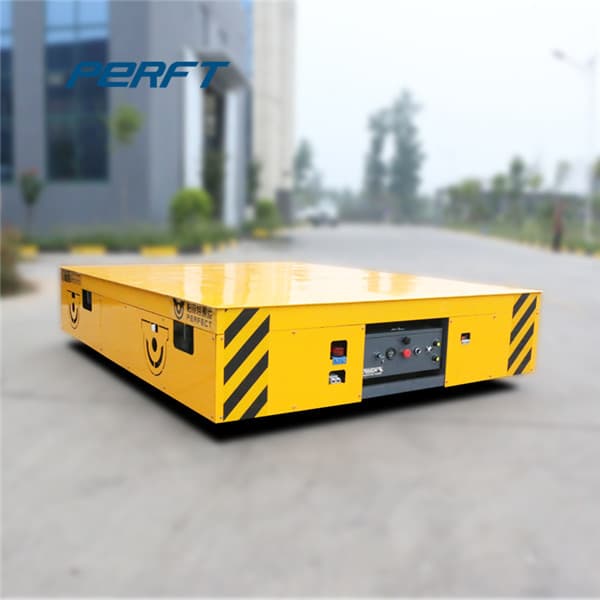
Our high performance adhesives, sealants, coatings and encapsulants are designed to meet exact processing requirements and comply with rigorous industrial certifications. Resource Center for Engineers. Master Bond's 40-year long history in the development and research of adhesive systems has given way to a variety of resources for engineers.

13/7/2016 · room is absorbed by engine room surfaces. Some of the heat is transferred to atmosphere or, on marine installations, to the sea through the ship’s hull. The remaining radiated heat must be carried away by the ventilation system. A system for exhaustingair from
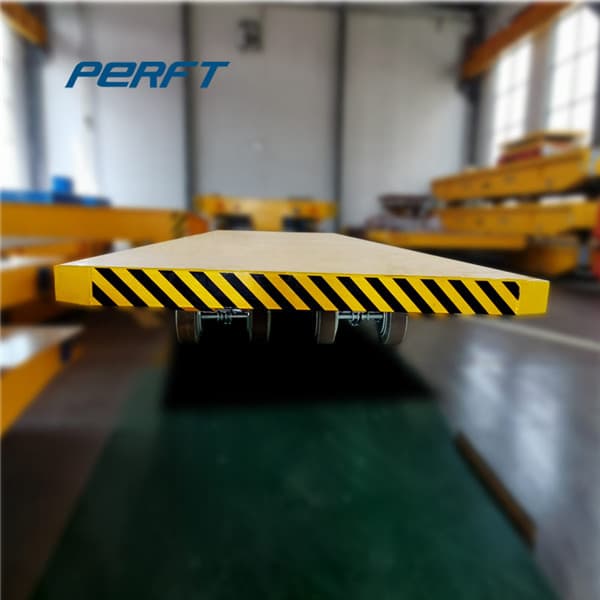
Heat transfer is a process is known as the exchange of heat from a high-temperature body to a low-temperature body. Explore more on Heat Transfer, Heat Transfer Formula along with real-life examples @ BYJU'S. \(Q= c\times m\times \Delta T\) Where Q = Heat
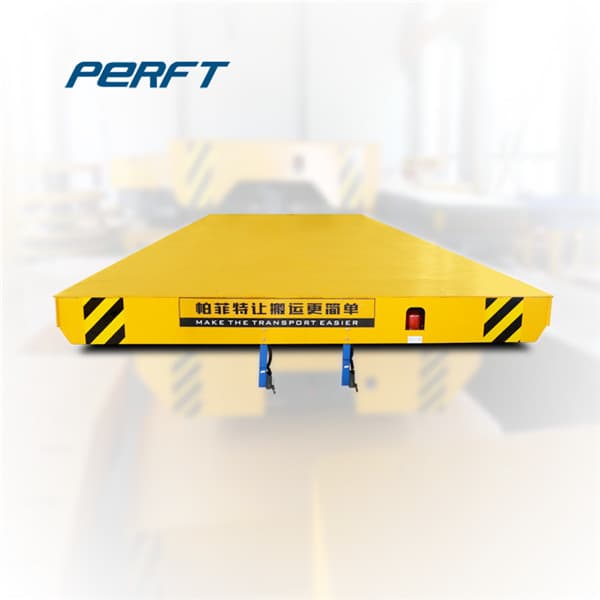

25/10/2018 · A cool roof is one that has been designed to reflect more sunlight and absorb less heat than a standard roof. Cool roofs can be made of a highly reflective type of paint, a sheet covering, or highly reflective tiles or shingles. Nearly any type of building can benefit from a cool roof, but consider
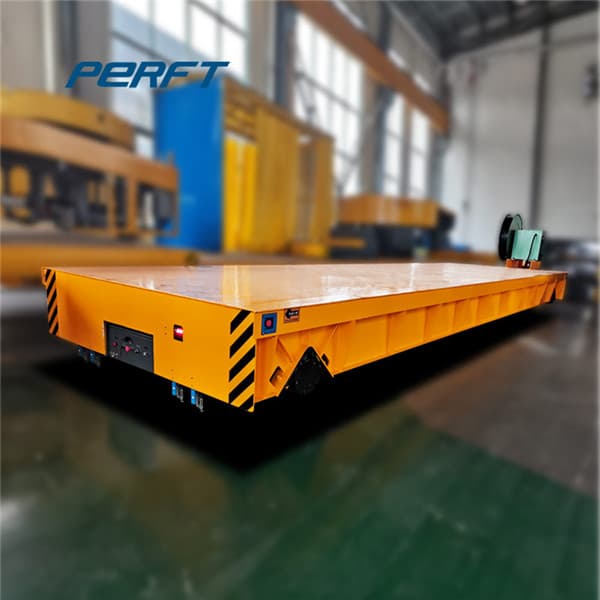
The 1-D Heat Equation 18.303 Linear Partial Differential Equations Matthew J. Hancock Fall 2006 1 The 1-D Heat Equation 1.1 Physical derivation Reference: Guenther & Lee 1.3-1.4, Myint-U & Debnath 2.1 and 2.5 [Sept. 8, 2006] In a metal rod with non

As the refrigerant flows, the blower fan draws hot room air over the evaporator coil. The refrigerant absorbs heat from the passing air and, as it does so, it warms up and evaporates. When the water vapor in your warm household air hits the cold evaporator coils, the water vapor condenses into liquid form and drips down into the condensate pan, which drains the water away outdoors.
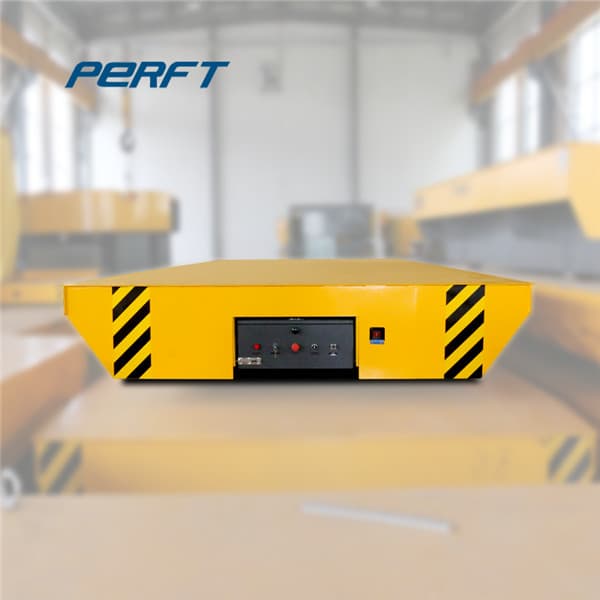
Example 2.6.1 Calculating the mean heat transfer rate in a non-flow application. A quantity of oil is heated from a temperature of 35 C to 120 C over a period of 10 minutes (600 seconds). The volume of the oil is 35 litres, its specific gravity is 0.9 and its specific
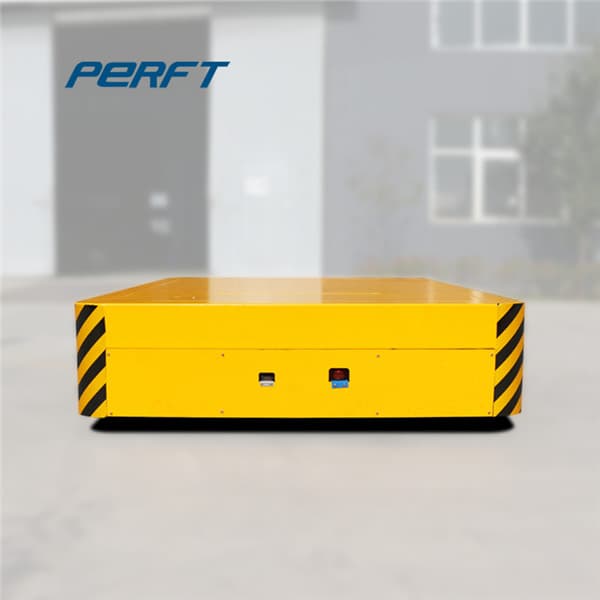
The Electric Power Research Institute (EPRI) conducts research, development, and demonstration projects for the benefit of the public in the United States and internationally. As an independent, nonprofit organization for public interest energy and environmental
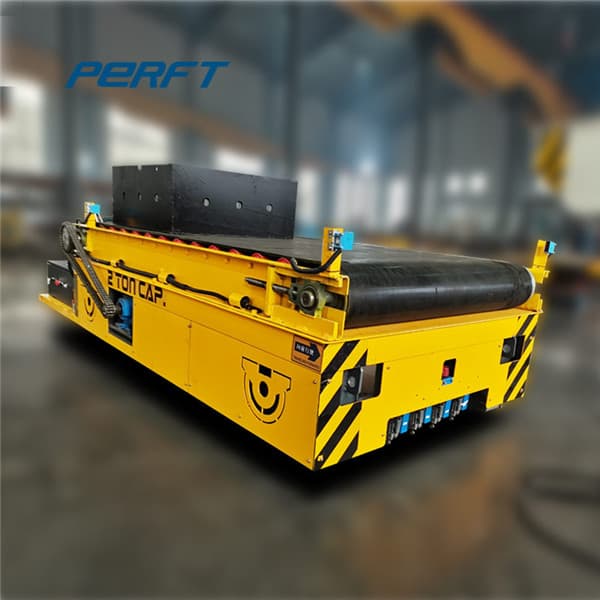
16/7/2020 · If the room is bigger in size, then two or more units are used. 2. Vertical Packed Units or PTAC systems. These type of air conditioner are bigger in the capacity of 5 to 20TR and are adjacent to the space to be conditioned. This unit is very useful for conditioning the air of
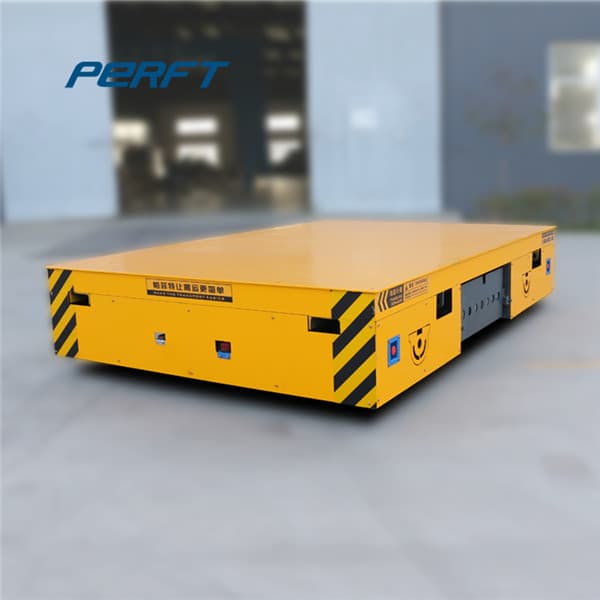
19/9/2009 · What are heat exchangers used for? You can see heat exchangers in all kinds of places, usually working to heat or cool buildings or helping engines and machines to work more efficiently. Refrigerators and air-conditioners, for example, use heat exchangers in the opposite way from central heating systems: they remove heat from a compartment or room where it's not wanted and pump it

ever dwindle.Let us list a few of the process heat transfer problems that must be solved before we can drink a glass of iced tea. •A variety of high-intensity heat transfer processes are involved with combustion and chemical reaction in the gasifier unit itself. •

Heat is transferred by conduction through the exchanger materials which separate the mediums being used. A shell and tube heat exchanger passes fluids through and over tubes, where as an air cooled heat exchanger passes cool air through a core of fins to cool a liquid. 2.

The heat transfer coefficient is the proportionality coefficient between the heat flux and the thermodynamic driving force for the flow of heat (i.e., the temperature difference, ΔT): h = q / (Ts - K) where: q: amount of heat required (Heat Flux), W/m2 i.e., thermal 2 K
